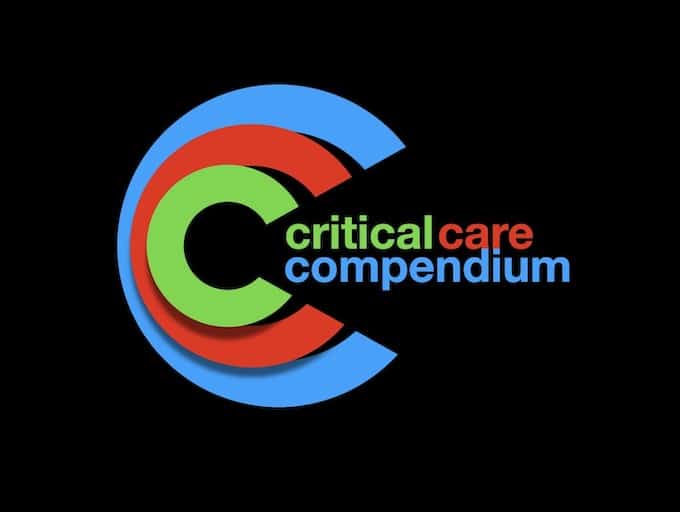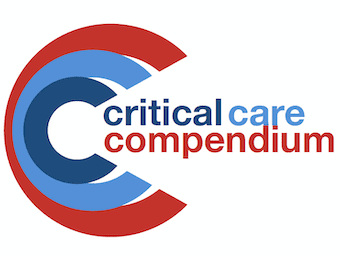
Post-cardiac arrest syndrome
Post-cardiac arrest syndrome (aka post-resuscitation syndrome). Occurs after return of spontaneous circulation (ROSC) following cardiorespiratory arrest and involves multiple systems
Reflects a state of whole-body ischaemia and subsequent reperfusion

